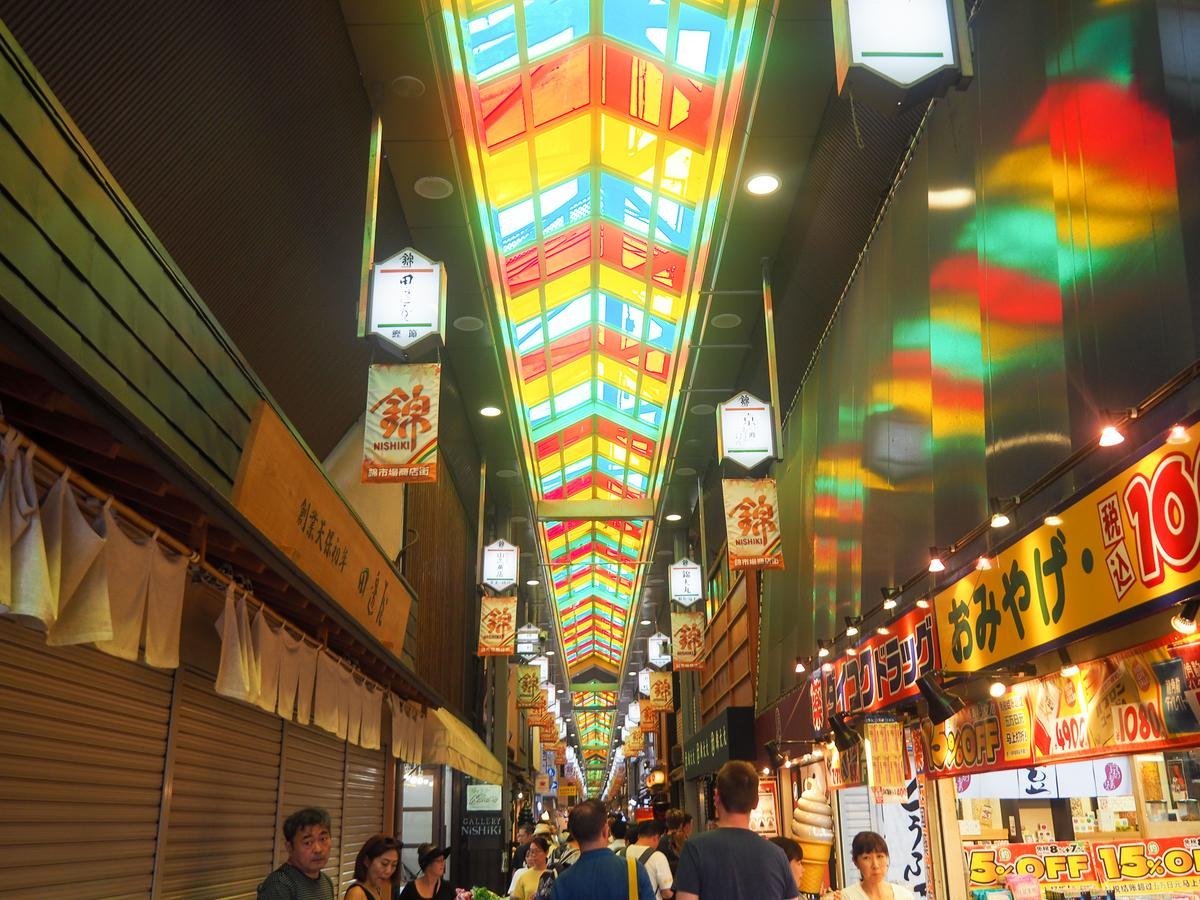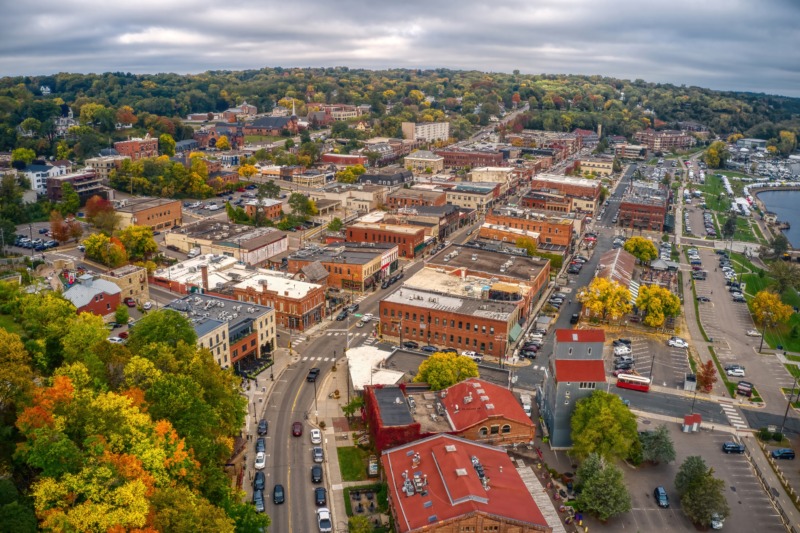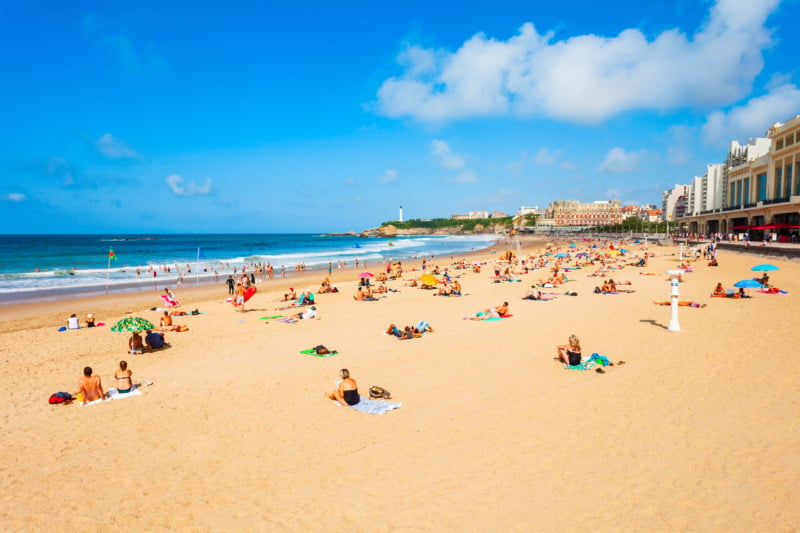Welcome to our comprehensive travel guide for visiting Nishiki Market, a destination known for its unique blend of cultural richness, history, and educational value in Kyoto, Japan.
Here, you will find detailed insights into what makes Nishiki Market such a unique cultural attraction.
About
Gallery
Details
Visit the Website
Cultural Heritage Review
Universal Appeal and Cultural Authenticity
Cultural Richness and Educational Value
Preservation and Integrity
Accessibility and Visitor Engagement
Overall Rating: 4.2 / 5
Global Influence
- Nishiki Market has gained global recognition as a renowned food market, attracting visitors across the globe to experience its unique offerings and dynamic atmosphere.
- The market welcomes many international visitors annually, contributing to Kyoto’s tourism industry and serving as a cultural hub for global travelers.
- Its influence extends to global culture and art, with Nishiki Market often depicted in literature, films, and artwork as an iconic symbol of traditional Japanese markets and culinary heritage.
- Nishiki Market has participated in international events and collaborations, fostering cultural exchange and promoting Japanese culinary traditions globally.
Historical Impact
- Nishiki Market has a rich historical legacy dating back several centuries and has played a vital role in sustaining Kyoto’s culinary heritage and traditional food culture.
- The architecture and layout of Nishiki Market hold archaeological significance. They reflect the traditional design and structure of historic Japanese marketplaces.
- It has made significant contributions to local and national history by serving as a vital source of fresh produce and culinary essentials for the people of Kyoto throughout the ages.
- Notable historical figures, including renowned chefs and food artisans, have been associated with Nishiki Market, further enhancing its historical significance.
Preservation Efforts
- Current preservation projects focus on maintaining the traditional aesthetics and cultural authenticity of Nishiki Market while ensuring its sustainable development for future generations.
- A few organizations are actively involved in preserving Nishiki Market, safeguarding its historical structures, culinary traditions, and overall heritage.
- Government bodies, cultural organizations, and private stakeholders dedicated to preserving the market’s cultural significance provide funding and support for preservation initiatives.
- Community involvement in preservation efforts is evident through local initiatives, educational programs, and advocacy for the sustainable preservation of Nishiki Market as a cultural landmark.
Historical Significance
Nishiki Market, also known as “Kyoto’s Kitchen,” has a rich historical background dating back to the early 17th century. It was established in 1615 when it was granted the title of fish wholesaler, marking its first step towards becoming the prominent market it is today.
Cultural Importance
Nishiki Market holds significant cultural relevance within Kyoto and beyond. It is known as the “Kitchen of Kyoto” and is renowned as the place to obtain many of the city’s famous foods and goods. The market influences local traditions and community activities by showcasing and preserving traditional Japanese culinary practices and ingredients. It serves as a culinary arts and traditions hub, attracting locals and tourists alike.
Architectural Style
The market’s architectural style reflects a blend of traditional and contemporary elements. It’s a bustling, narrow, covered shopping street with over 100 food and retail shops. The design elements combine traditional Japanese market architecture with modern amenities, creating a unique and dynamic atmosphere.
Visitor Experience
Visitors to Nishiki Market can expect a lively and absorbing activity. The market offers fresh seafood, produce, traditional snacks, and local crafts. While there may not be formal guided tours or special exhibitions, the general ambiance is bustling and filled with opportunities to explore and taste authentic Japanese cuisine.
Accessibility and Amenities
Nishiki Market is generally accessible to different groups of people, including families and disabled individuals. The market provides amenities such as restrooms, cafes, and gift shops, enhancing the overall visitor experience.
Best Time to Visit
- Avoid Peak Seasons: It is best to visit outside the peak season, such as spring, to avoid heavy crowds.
- Early Morning Visits: Arrive in the morning to experience the market at its liveliest and to enjoy the dynamic colors of fresh produce.
- Weekday Preference: Visit on weekdays rather than weekends to experience a more relaxed and less crowded atmosphere.
Ratings and Reviews
The general consensus from reviewers and visitors is overwhelmingly positive. Common praises include the market’s dynamic atmosphere, diverse food offerings, and the opportunity to experience authentic Japanese culinary traditions. Some visitors have expressed a desire for more seating areas and additional information in English to enhance the experience for international tourists.
Photographic Opportunities
Nishiki Market offers numerous photogenic spots, including colorful food stalls, traditional architecture, and bustling alleyways. The best times for photography are during the morning when the market is bustling with activity, and the natural light enhances the dynamic colors of the market.
- Universal Appeal and Cultural Authenticity (Rating: 85)
- Nishiki Market is widely acknowledged for itsdynamict atmosphere and cultural significance, earning it a high rating in this category.
- It offers an authentic glimpse into Japanese culinary traditions, appealing to both locals and international visitors seeking genuine cultural experiences.
- The market’s long-standing history and the continuity of traditional practices enhance its cultural authenticity.
- Cultural Richness and Educational Value (Rating: 80)
- The market serves as an educational hub, offering insights into the rich culinary heritage of Kyoto.
- Visitors can learn about traditional Japanese ingredients and cooking techniques through direct interaction with vendors.
- Despite the bustling environment, it provides numerous opportunities for cultural enrichment, although more structured educational elements could enhance this further.
- Preservation and Integrity (Rating: 70)
- Efforts to maintain the traditional vibe and architecture of the market are evident, although the influx of tourists has led to some commercialization.
- Preservation initiatives are in place, but balancing the market’s authenticity with modern tourism demands remains challenging.
- Local involvement and support bya range ofs organizations highlight ongoing efforts to safeguard its heritage.
- Accessibility and Visitor Engagement (Rating: 75)
- Nishiki Market is easily accessible and offers a range of amenities, enhancing the visitor experience.
- While it is generally welcoming, the crowded conditions can deter some visitors, particularly those with young children or mobility issues.
- The interactive nature of the market, with opportunities to sample foods and engage with vendors, adds to its appeal, although more seating and multilingual information would be beneficial.




